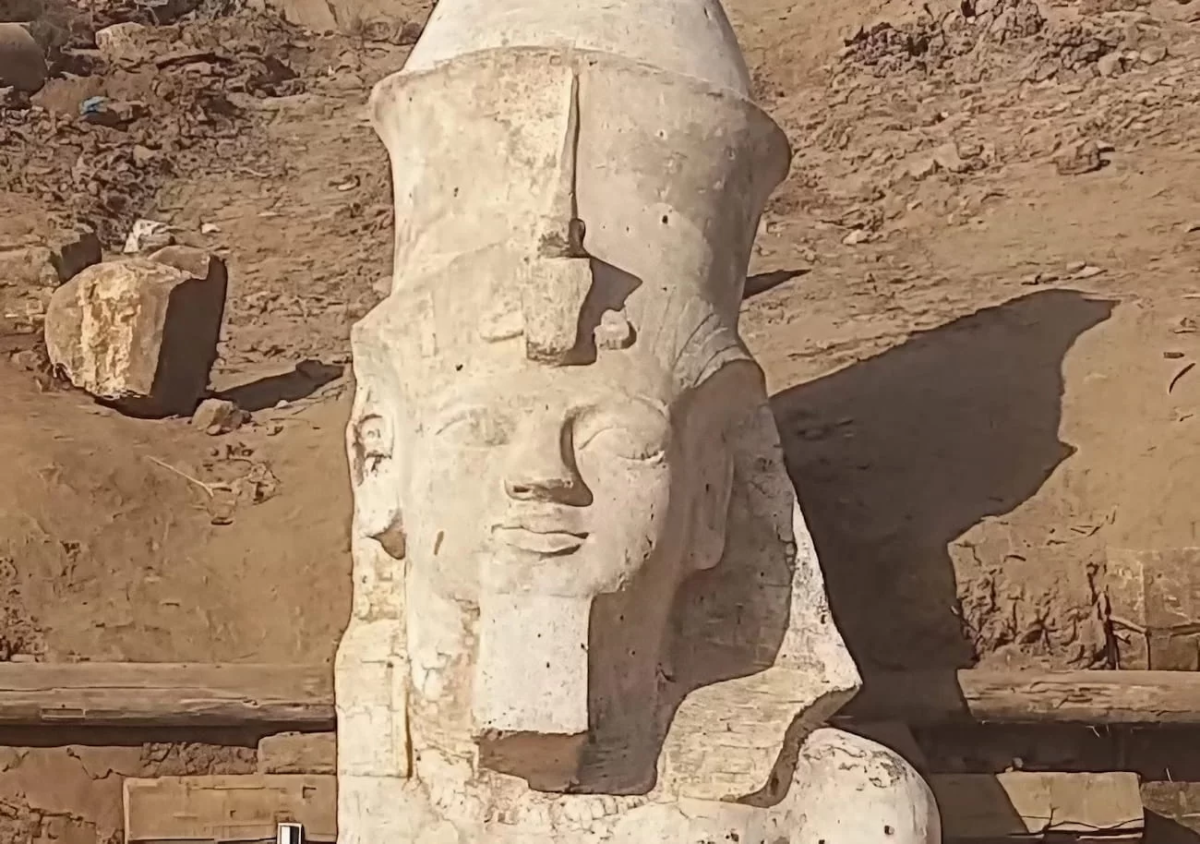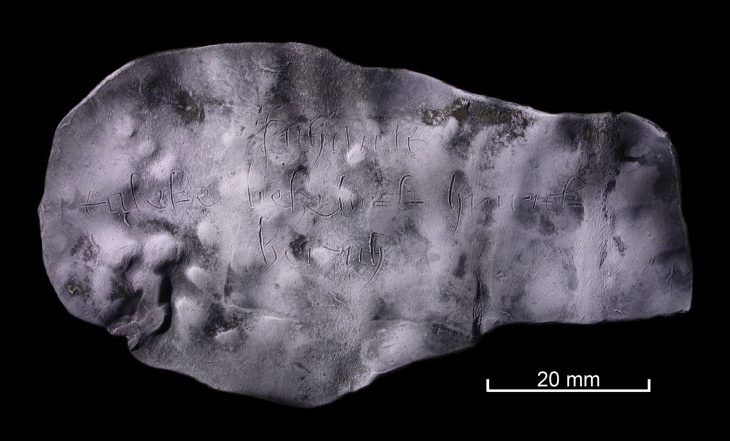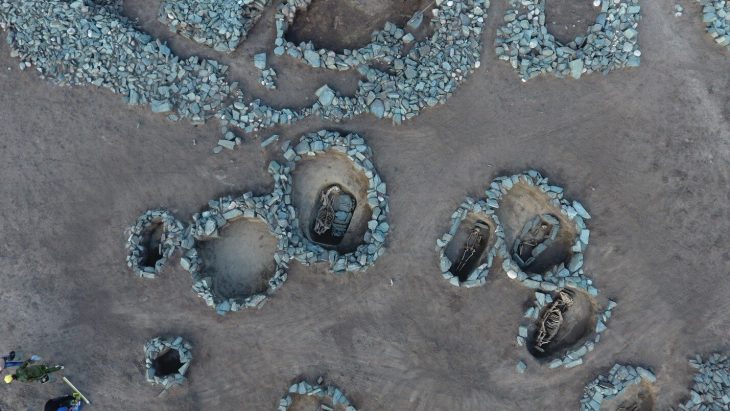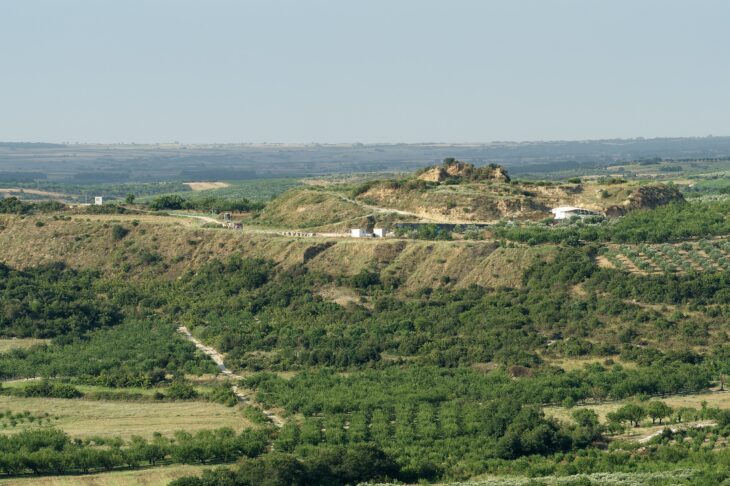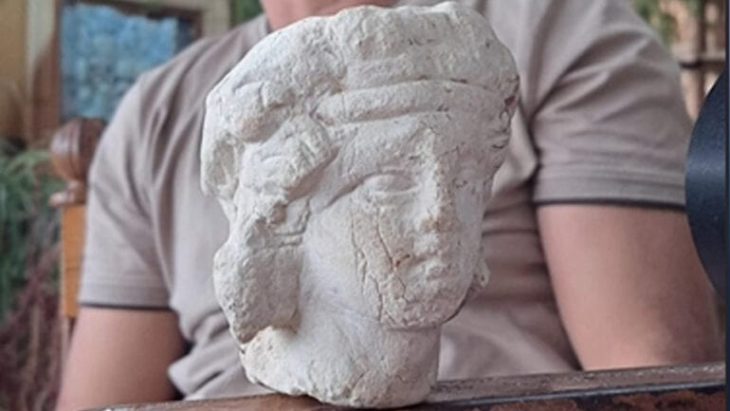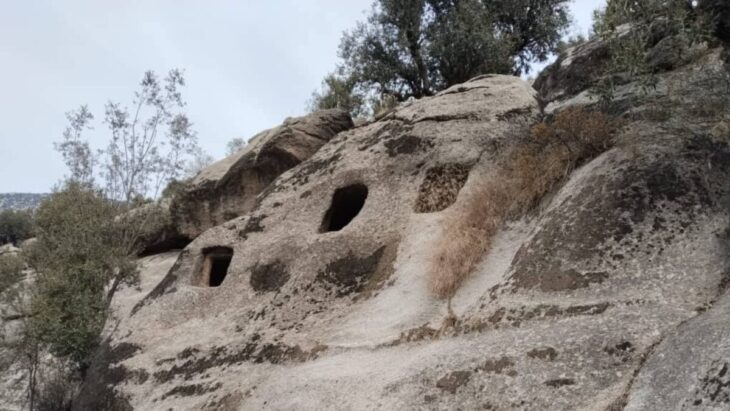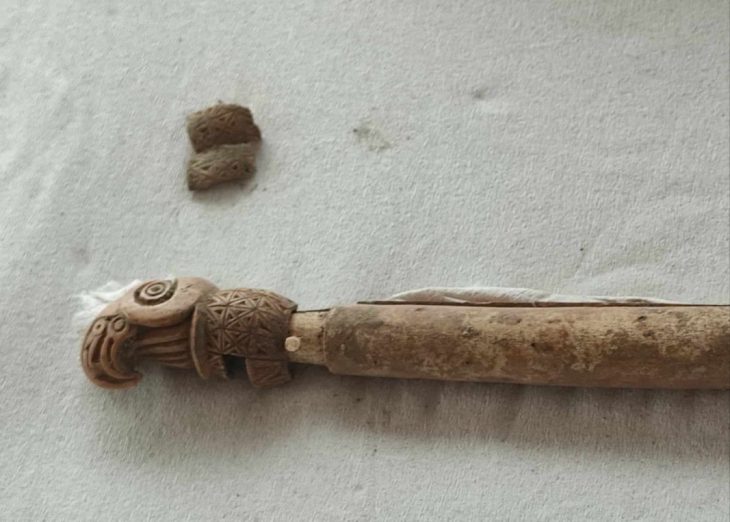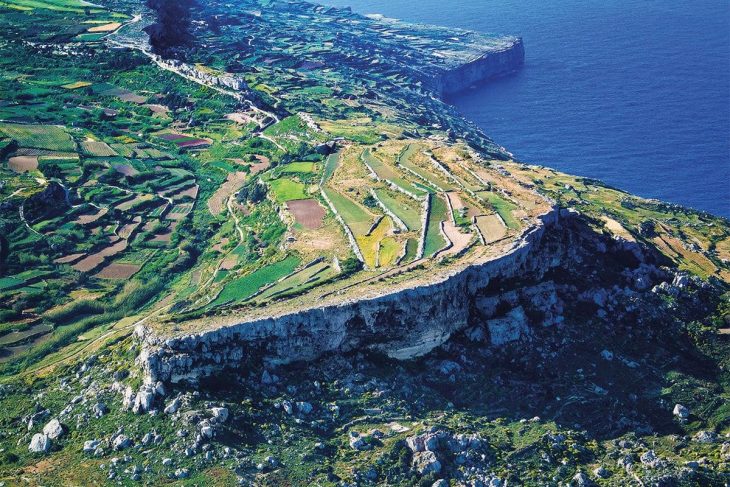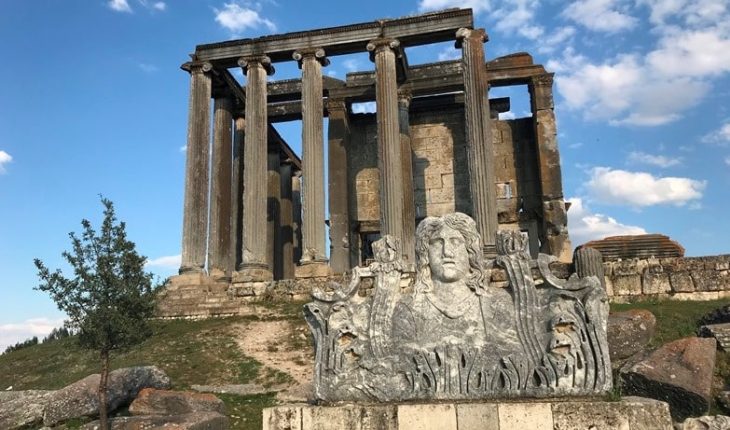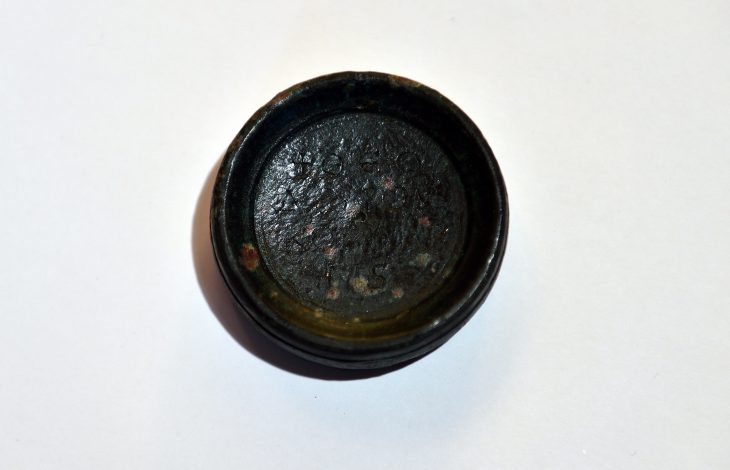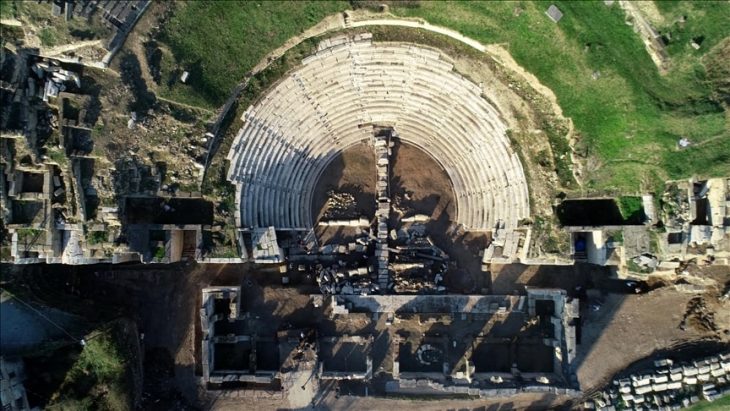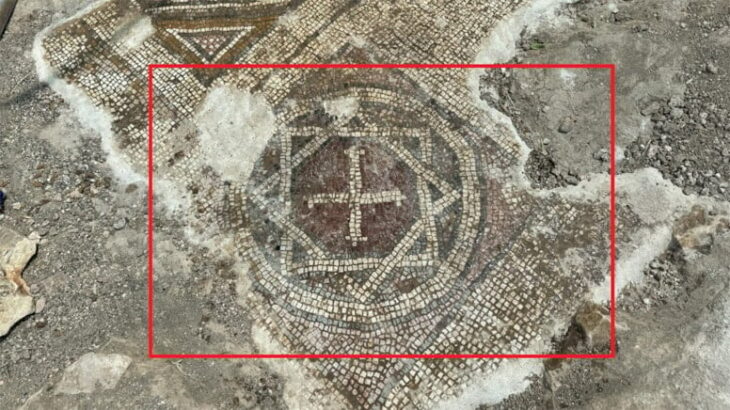The joint Egyptian-American Archaeological Mission unearthed the upper part of the colossal statue of Ramses II (Ramesses), the lower part of which was found in 1930, during excavations at Hermopolis Magna in Egypt’s Minya Governorate.
Ramesses the Great, also known as Ramesses II, was one of ancient Egypt’s most powerful and celebrated pharaohs. He reigned for around 66 years during the 19th dynasty of the New Kingdom period (circa 1279–1213 BCE). Ramesses II is renowned for his military campaigns, architectural achievements, and the many monumental structures he commissioned, including the famous temples at Abu Simbel and the Ramesseum. He is often remembered as a great builder and a skilled diplomat.
Today, the Egyptian Ministry of Tourism and Antiquities announced that archaeologists had discovered the upper half of a full-body Ramses II statue dating back more than 3,200 years to his rule in Ancient Egypt’s 19th Dynasty.
Dr. Basem Jihad of the Egyptian Supreme Council of Antiquities and Dr. Yovona Trnka of the University of Colorado have been leading the exploration in the Minya governorate’s El-Ashmunein region (the ancient Hermopolis Magna, located northwest of the modern city of Mallawi and about 30 kilometers north of Amarna).
Archaeological studies showed that the 3.8-meter-high limestone bust, newly discovered in the southern Egyptian province of Minya, matches the lower part of a statue of the Egyptian pharaoh uncovered in 1930, Secretary General of the Supreme Council of Antiquities Mostafa Waziri said in a statement.
📣 Our WhatsApp channel is now LIVE! Stay up-to-date with the latest news and updates, just click here to follow us on WhatsApp and never miss a thing!!
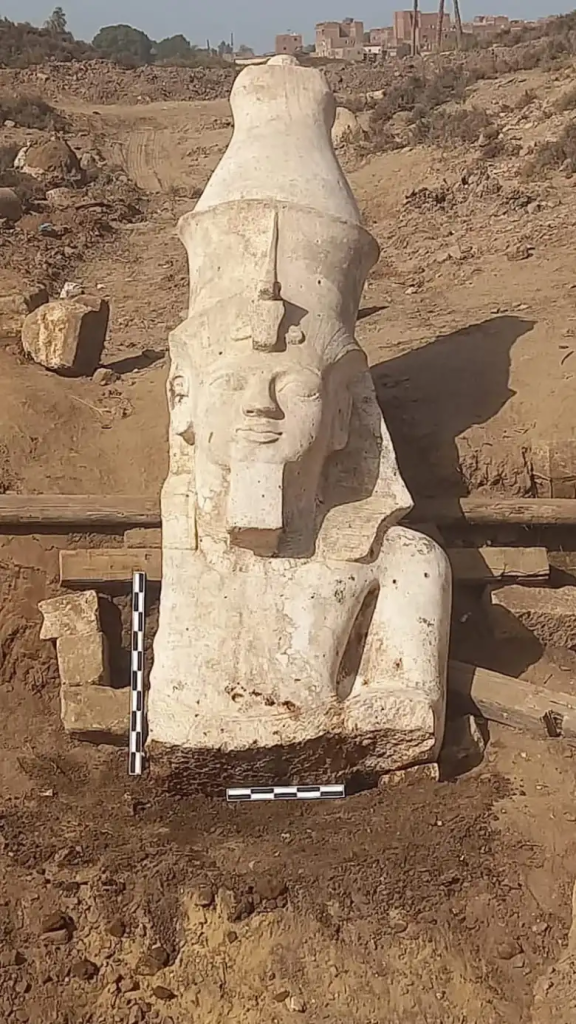
The relic depicts Ramses II wearing a double-crowned headdress with a royal cobra on it. Waziri stated that the top of the pillar on the back of the statue bears hieroglyphic inscriptions of titles honoring the king as well as texts indicating the statue’s construction date.
In advance of additional research and the ultimate reconstruction of the ensemble in its entirety, cleaning and conservation efforts on the statue have already commenced.
The whole statue combining the two parts will be seven meters high, according to the statement.
Cover Photo: Ministry of Tourism and Antiquities of Egypt

